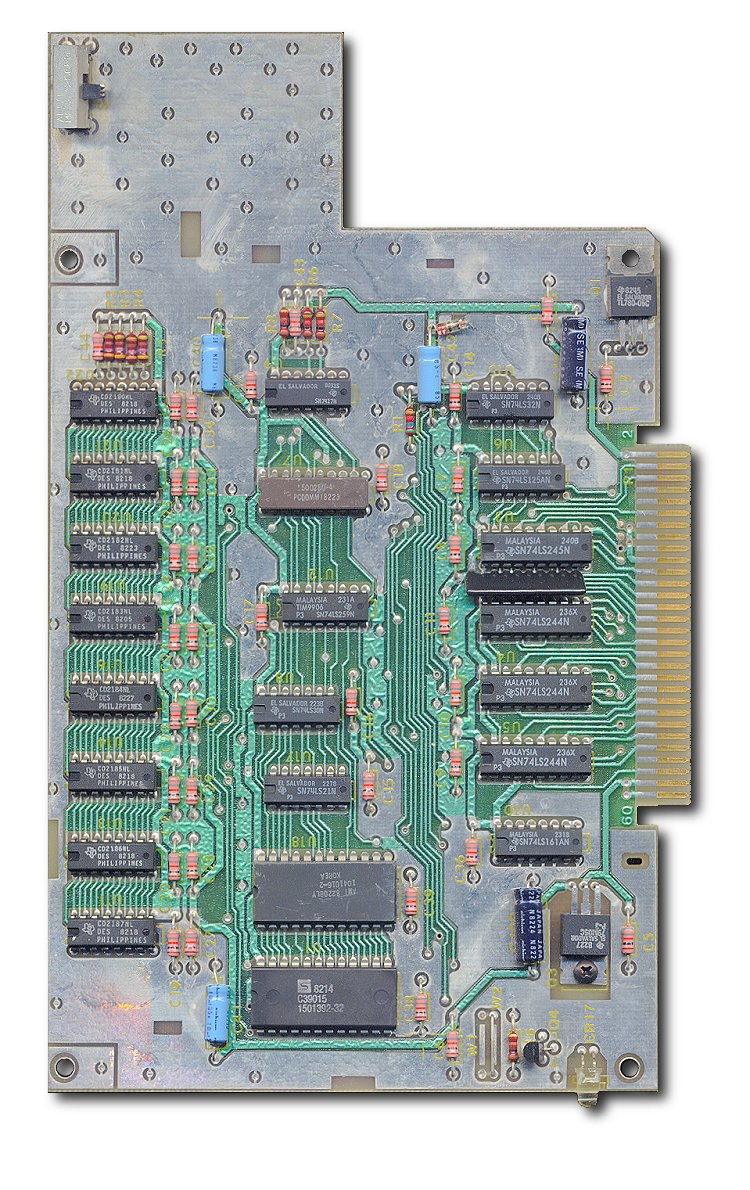The P-Code Card allows your computer to execute programs written in several high-level languages. With the P-Code Card, the UCSD p-Systems high-level languages, such as Pascal and BASIC, are compiled to an intermediate language called pseudo-code or p-code. The P-Code Card interprets the p-code instructions, which are then executed by the computer.
The simplest configuration for running the UCSD p-System requires the TI Home Computer, a monitor, the TI Peripheral Expansion System, the Memory Expansion Card, the P-Code Card, and either a cassette recorder or the Disk Drive Controller Card with a Disk Memory Drive. With this equipment you can either develop programs of your own or run existing programs. Note To develop a program, the Disk Memory System (the Disk Drive Controller Card and up to three Disk Memory Drives) must be attached to your system.
After the System is booted” or turned on, a promptline of the currently available System Commands appears at the top of the display. (Booting, or bootstrapping, the System simply means turning it on.) The System Commands are the communications interface for interacting with the various System functions. Each command Is accessed by a single keystroke. Typing a key causes either an action to be performed or another promptline to be displayed, detailing new commands available at a different level.
The Editor, Filer, Compiler. Assembler, Linker, and Utilities capabilities (all sold separately) require the use of the TI Disk Memory System and a diskette containing the program.
.
|


